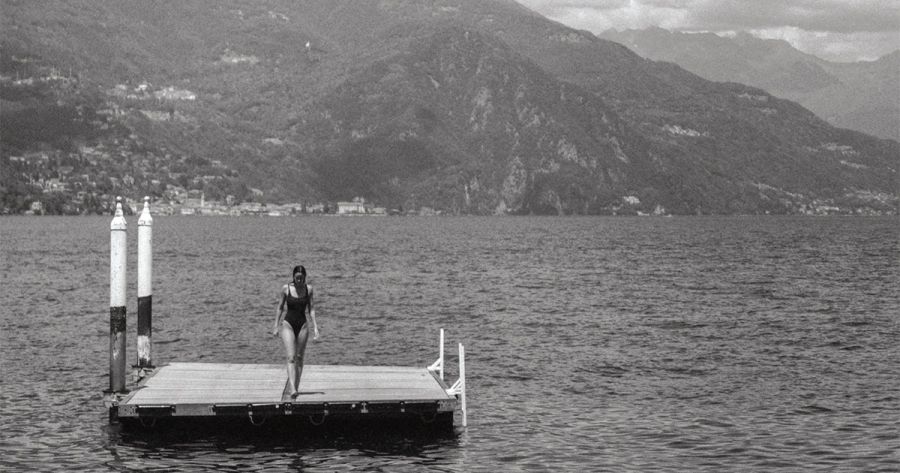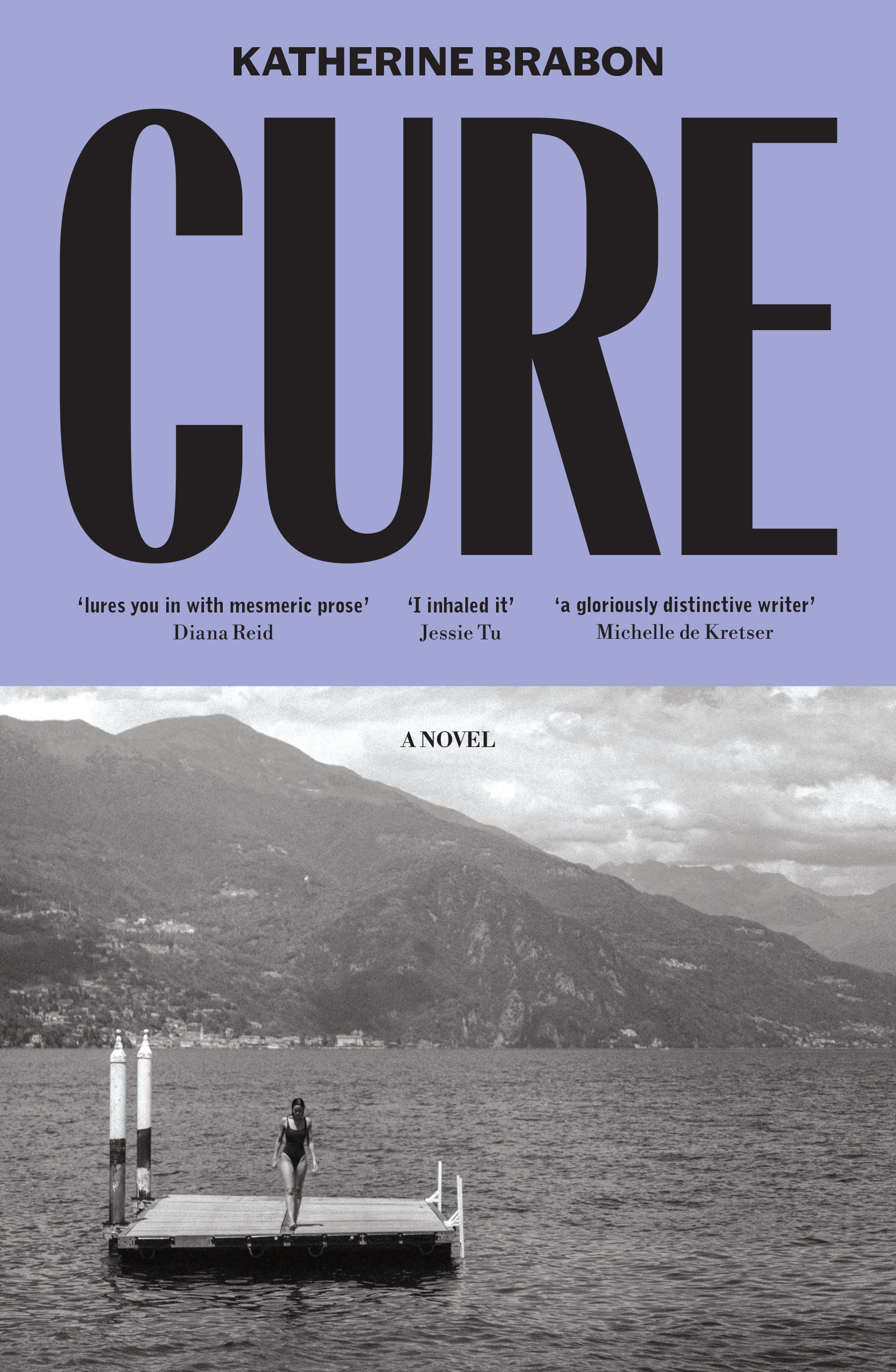
- Free Article: No
- Contents Category: Fiction
- Review Article: Yes
- Article Title: Sixteen, a sick bed
- Article Subtitle: A novel about chronic illness
- Online Only: No
- Custom Highlight Text:
‘Sixteen, a sick bed.’ This lyrical refrain loops through Katherine Brabon’s fourth novel, Cure, capturing the cyclical, never-ending essence of living with chronic illness. You can be anything, anyone, anywhere, but it always comes back to these facts, this bed, this body.
- Book 1 Title: Cure
- Book 1 Biblio: Ultimo, $34.99 pb, 256 pp
- Book 1 Cover Small (400 x 600):

- Book 1 Cover (800 x 1200):

- Book 1 Readings Link: https://www.readings.com.au/product/9781761151804/cure--katherine-brabon--2025--9781761151804#rac:jokjjzr6ly9m
A third voice, in italics, observes the pair – ‘the girl’, ‘the mother’ – from a distant yet omnipresent vantage. There is a dual effect at play: the reader feels both close to and removed from these characters.
The adolescent lives of Thea and Vera mirror one another; the lines blur ever more when Thea, writing in her journal, starts to imagine her mother as a young girl, through which she can perhaps create a new story for them both.
The question of matrilineal inheritance – whether it is an inevitability, or something that can be rejected – drifts through the novel. On the precipice of losing her own mother, Vera ponders, ‘When are we separated from our mothers’ bodies?’ Later, realising that her daughter is becoming sicker as Thea grows older, Vera answers her own question as she helplessly contemplates that perhaps ‘there was no way for the daughter to escape the mother’s body’. These women are seemingly stuck in an infinite loop.
Writing offers both escape and solace. Both Vera and Thea find refuge in words; Thea’s journal begins as a way to mark the passing days but evolves into an attempt to understand her mother, and to imagine a freer adolescence for herself, particularly as she becomes enamoured with a local boy, as her mother did in her youth.
Vera’s engagement with the written word takes place online; Brabon explores the ways in which the internet can both affirm and distort a person’s truth. When Thea is a baby, Vera searches online for answers about her own medications and diagnoses. She discovers blogs by regular women just like her, which provide the comfort and reassurance she does not get from her cold, clinical doctors.
Reading these blogs becomes a compulsion and particular women capture Vera’s attention and adoration. First, there is an American woman also named Vera who, too, is unwell. She lives a life that the Australian Vera, unsure of herself, finds desirable and aspirational – ‘a better way to be’.
Later, Thea notices her mother becoming obsessed with a mysterious blogger named Claudia, who also has an unwell daughter. There are parallels, again, between mother and daughter, and their methods of coping: ‘Thea thinks that maybe the woman online, Claudia, is to her mother what the girl in the journal, Vera, is to her.’
There is a sense of secrecy, even shame, in Vera’s consumption of these blogs. She fears the judgment of her husband and Thea’s father, Anton, who would prefer to pursue more conventional methods of treatment. Thea observes that her father ‘doesn’t really like the internet’, but he engages with the online space in a more pragmatic and evidence-based manner – ‘for work, for research, for the news’.
Vera’s parasocial relationships with these bloggers reflect the dangerous territory of the unchecked digital world. Anyone can share their experience online but personal anecdotes are not medicine or science; I am reminded of Belle Gibson, the Australian influencer who built a wellness empire in the 2010s on the false claim of being a brain cancer survivor. Gibson doled out bogus health advice to millions of devoted followers who were, themselves, searching for a cure.
Engaging with these blogs breeds both optimism and delusion within Vera’s mind. She recognises that Claudia is a ‘simulacrum of a real woman, drawn as if by an artist with a limited palette of colours’, but she is addicted to the rush of engaging with the content as a way of trying to understand both herself and her sick daughter, and to feel less alone.
Vera sees what she wishes to see. ‘The internet offered her everyone else’s subjectivities, from which she attempted to construct and predict her own,’ Brabon writes. ‘On some level, she knew the online world simply reflected every one of her own truths and would have provided shapeshifting answers, varying each time her own thought process changed, confirming the particular narrative she needed at any precise moment.’
In this novel, there are echoes of Brabon’s previous book, Body Friend (2023), which similarly explored life with chronic illness and the idea of the doppelgänger. In the days following an operation, Body Friend’s unnamed narrator wanders Melbourne, befriending two women who are both similar and dissimilar to her. These relationships are frames through which the protagonist views and ponders her own experience of having a body in pain; they prompt quiet meditation that floats as gently as she does in the local pool.
Both Body Friend and Cure are concerned less with plot than illustrating the nature and reality of living in and with a chronically ill body. A small twist in Cure is revealed towards the end of the novel in such a naturalistic, subtle way as to barely elicit surprise from the reader – it works to reframe Vera’s experiences and actions, and explains some of her more unorthodox choices.
The women in Brabon’s novels have complicated relationships with themselves, their bodies, and one another, but by looking both within and beyond, they find – to quote another of Cure’s refrains – ‘a possibility for living’.


Comments powered by CComment